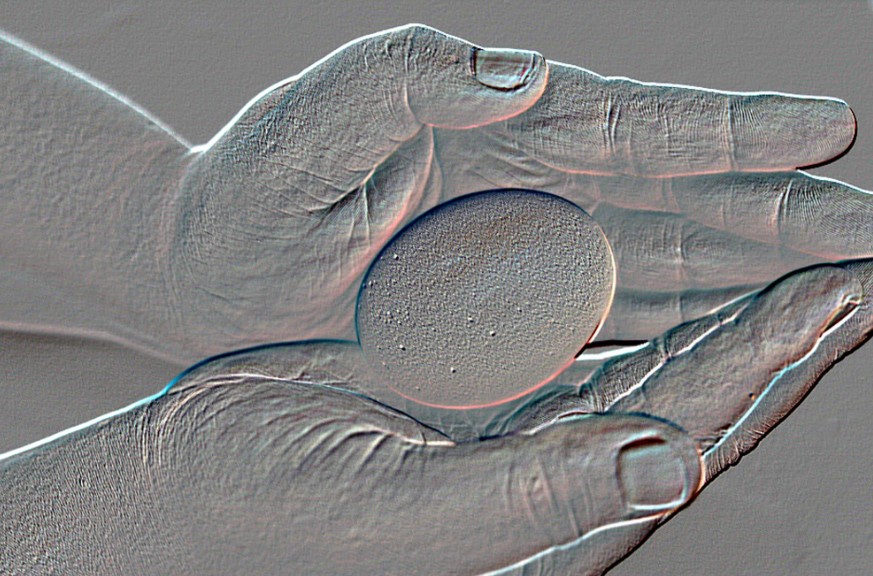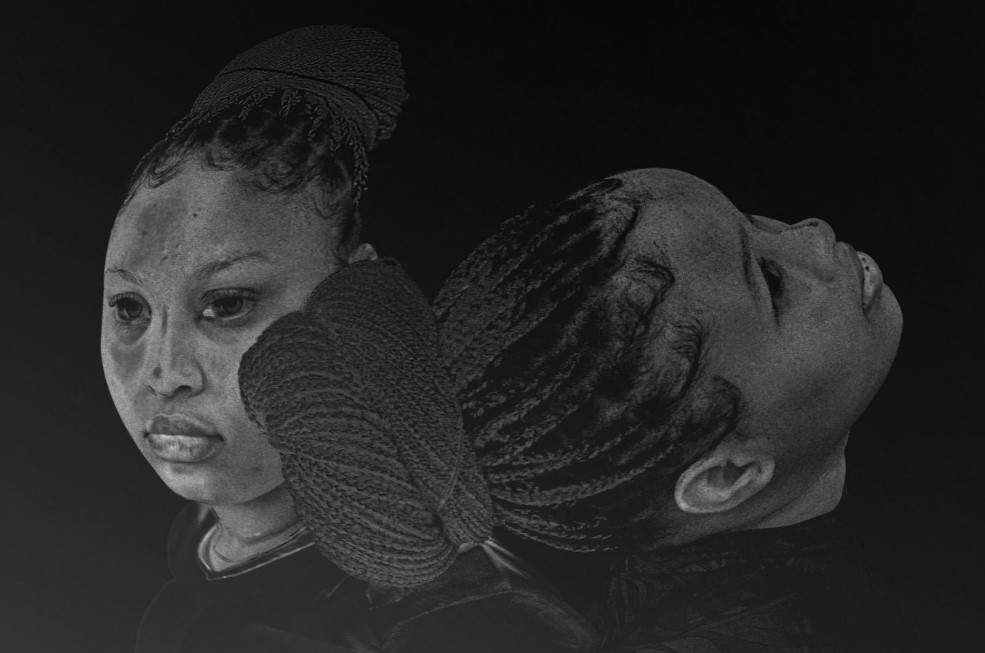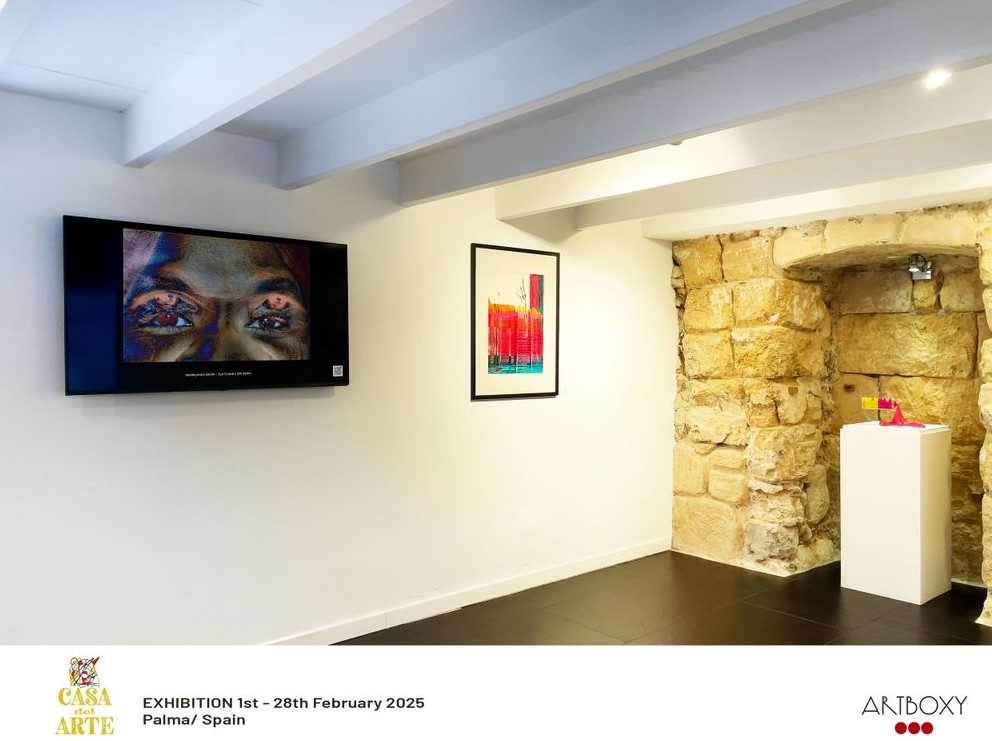There is something in Mede Akran’s work that brings her life into her work in striking ways. We need not see this connection in a direct way as she says; we see it made manifest in her methods and techniques, her materials and artistic choices.
By Chimezie Chika
In the 1979 classic book, Camera Lucida, by celebrated French intellectual, Roland Barthes, he argues that photography captures what he calls the ‘essence’, not the exact reality, of the image. “Since every photograph is contingent”, he writes, “Photography cannot signify (aim at the generality) except by assuming a mask”.
For Barthes, photographic meaning occurs by association; it is more an expression of an image, than an image, and this can be achieved through any number of artistic techniques. This is precisely why two photographers might take a picture of the same thing without them looking the same.
A lot depends, from all observation, on the intent of a photographer or their will to express a given thing—even a feeling—in the object they are photographing. Many other photography theorists have echoed Barthes’ observation, not least the likes of Susan Sontag and John Berger.
The term, “camera lucida”, from which Barthes drew the title of his book refers to a drawing tool, a mechanical contraption patented in 1806 by English chemist, William H. Wollastone. The camera lucida allows an artist to see a physical object, positioned appropriately in the diagonal line of view, on the drawing paper.
So that the only thing the artist has to do is to trace the contours of the object on the paper. The goal of using a tool like camera lucida in drawing was to create an artwork as close to the real thing as possible.
There were problems, of course, for the tool was constrained by its own mechanical limits and the very lack of imagination it seems to bank on. The images produced were far from the extreme realism it was supposed to create. They were instead, more like a representation, an expression.
The technique of tracing, which the camera lucida forces the artist into, had the effect of creating expressionistic works, more or less. Such inventions were created in the years before photography became a force. Its goal was to have a camera-like quality; instead it created a unique fusion—more a vision than something that was ever achieved—of painting and the idea of the kind of realism captured in a photograph.
In the modern world of digital tools, however, it appears some photographers and artists see merit in this kind of fusion. It is this elucidation of a photograph in the literal sense (along with the meat of the sentiments it expresses) that appears to inspire Mede Akran’s digital technique of superimposition between plain photography and other artistic expressions.

In successive photographs, Mede Akran takes palimpsest into the region of the personal, matching photographs with colour palettes, using digital tools. Thus, what we see of her work appears like a fusion of photography and painting.
Mede Akran’s major motivation for employing this technique is her partial visual impairment. As someone with this disability, and the difficulties it entails in the navigation of the real world, photography becomes a ready tool to confront not just the lack of inclusion for people like her in the appreciation of visual works, but also to create practical solutions to her predicament.
Suffusing photography with artistic colour palettes and various forms of embossing or superimposition techniques becomes a way to offer more visually accessible works to varying degrees of the visually impaired.
In a series of photographs titled “Fragility”, she captures human hands in different poses holding an egg. While the photographer seems to focus on the associative meaning that emanates from the interplay of eggs and human hands, the most captivating feature of these photographs is their development. Not much can be seen but the fact that the images have been left at the stage of negatives.

Some sort of digital editing has also been applied to the images of hands and eggs in the negatives to make them look embossed like bas reliefs or the raised codes in Braille. This, in fact, seems to be the photographer’s way of giving decoding agency to the visually impaired, some of whom might have problems with synthesising images.
Mede Akran takes things further in the series of photographs titled, “Eyes that See”. Here, she creates another tranche of photographs that are obviously attached to her personal experience with visual impairment.
In her view, everyone sees differently, both physically and metaphorically. In her view: what one sees, how one sees, when one sees, is influenced by one’s environment, personal history, and situational proxies. There are ten subjects in this series, ranging from ages in the 20s to up to the 70s or 80s. Each has only the region of the eyes captured in the frame: a bit of the forehead, a bit of the nose, and the eyes and eyebrows. The eyes of the younger subjects, as we see, are clear and pellucid.

The older subjects have eyes that are rheumy, cloudy, and somewhat jaundiced, revealing the physical weakness of vision that comes with advanced age. Within these pairs of eyes, there is also the implication that the weaker eyes of the aged reveal experience and wisdom whereas those of the younger are flush with innocence, expectation, and hope.
However, Mede Akran’s coup de maître here is her ingenious technique of superimposing the different photographs of pairs of eyes (using Adobe photoshop) to create a whole new visual experience of multiple pairs of eyes as a composite of one experience. The images that result from this are visually stunning in the way they bring multiplicity into, and merge colours and shadows in, the frame. Some of these combos come in colour-embedded negatives or Technicolor frames.
In this way, they appear to reveal something animal and primal—and a metaphysical potential in the ambiance created in the environment of the photographs—in the eyes that look out to us. It is perhaps the mystery and intrigue of the technique Mede Akran uses here that makes this work her most shown to date as a budding artist and photographer, having appeared in Casa del Arte Gallery, Spain, Holy Art Gallery, UK, and Madake Gallery, UK.
Another of Akran’s series that illustrates the beauty and thought in her technique is titled “Women Supporting Women”. The images here seem to have been drawn using a camera lucida, going by the graphite-like lines tracing the contours of figures. While that is unlikely, it is clear that these are reproductions of real pictures, achieved by changing the pictures’ very compositions, leaving behind doctored monochromatic images of young girls holding each other in different poses.
In the first image, two young girls with similar facial features face the fame in close-eyed bliss, one leaning against the other’s shoulder from the back. In another image, three girls are holding each with their back turned. From their hair to their clothes and what could be seen of their stature, we can comprehend that they are very alike.

One image shows an older woman helping a young girl hoist a load; what we see in the dark reaches of the picture is the concentration on the girl’s face, while the woman can only be seen in profile. There are other images of girls hugging, praying, not letting go.
Each image, for Mede Akran, is a commentary on the support she has gotten from women in her life. “Creating this collection,” she explains, “was more than an artistic endeavor; it was an emotional tribute to the women who have shaped my life.”

Having been featured in group exhibitions in London’s Boomer Gallery and the Thompson Gallery in Switzerland, these images will yet find resonances with women going through similar experiences of loss and disability who find channels of support from other women.
There is something in Mede Akran’s work that brings her life into her work in striking ways. We need not see this connection in a direct way as she says; we see it made manifest in her methods and techniques, her materials and artistic choices.
In the next few years, we will see how she evolves her techniques and subjects as her artistry continues to grow.
Chimezie Chika is a staff writer at Afrocritik. His short stories and essays have appeared in or forthcoming from, amongst other places, The Weganda Review, The Republic, Terrain.org, Isele Magazine, Lolwe, Fahmidan Journal, Efiko Magazine, Dappled Things, and Channel Magazine. He is the fiction editor of Ngiga Review. His interests range from culture, history, to art, literature, and the environment. You can find him on X @chimeziechika1




